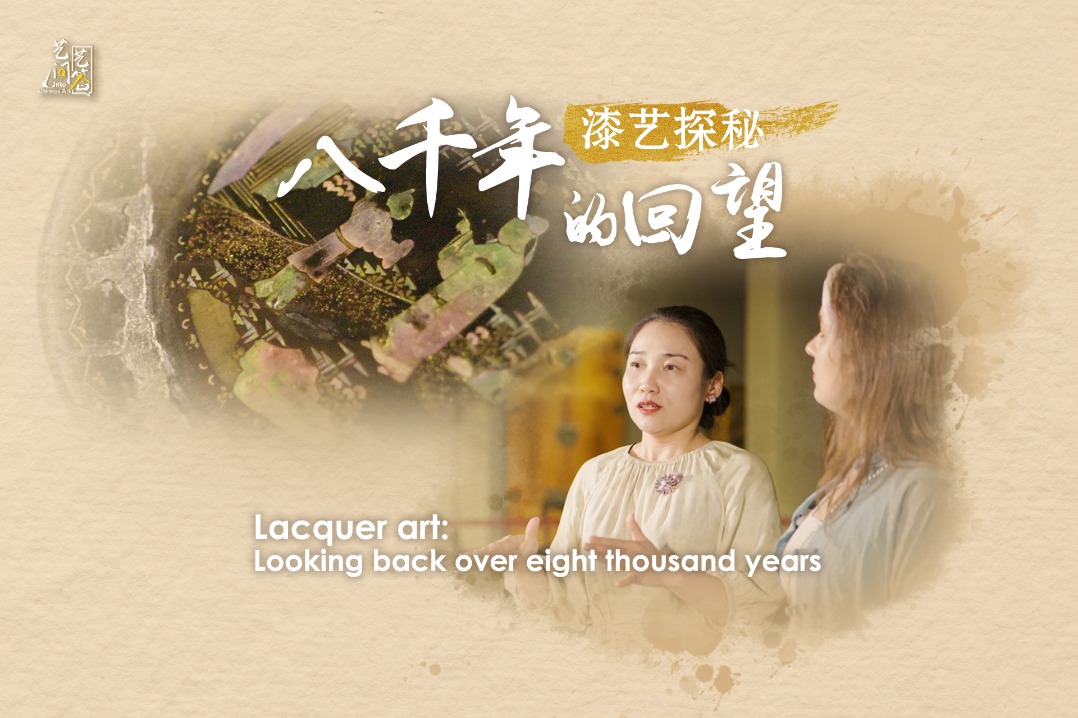Study casts new light on origins of dairy fermentation
By YAN DONGJIE | CHINA DAILY | Updated: 2024-10-18 06:59

A groundbreaking study conducted by Chinese scientists has shed new light on the origins of dairy fermentation practices dating back thousands of years.
The study, published in the journal Cell, offers a glimpse into the lives of Bronze Age people and their innovative food production techniques. The samples of kefir cheese, found in a cemetery in the Xinjiang Uygur autonomous region, are around 3,500 years old and could be the most ancient variety of cheese known to humans.
The research team, led by Fu Qiaomei, director of the Molecular Paleontology Laboratory at the Chinese Academy of Sciences, extracted high-quality genomes of Lactobacillus kefiranofaciens, a bacterial species used for fermentation, from the cheese samples found inside mummies at the Xiaohe cemetery, located in Xinjiang's Bayingolin Mongol autonomous prefecture.
"This indicates that residents of Xiaohe were already using kefir grains to make kefir yogurt or cheese, demonstrating ancient wisdom and craftsmanship in using fermentation microbes to ferment dairy products," Fu said.
The cemetery showcases distinctive Bronze Age cultural relics from the Xia and Shang dynasties (c.21st century-11th century BC) in the Tarim Basin.
The study challenges the long-held belief that kefir spread from the Northern Caucasus to Europe and other regions, as it found an additional spreading route of kefir from Xinjiang to inland East Asia.
The spread of dairy fermentation techniques largely accompanied human migration and interaction, which in turn drove the evolution of lactic acid bacteria.
The research team reconstructed the ancient L. kefiranofaciens genomes and found two important strains, one originating in Europe and the other in East Asia. The European strain originated in Russia's Caucasus region, while the East Asian one originated in the Xizang autonomous region of China, according to the study.
The Russian strain is currently widely used globally, including in Europe, the United States and Japan, for making yogurt and cheese.
"The strain used by the residents of Xiaohe for fermentation is closely related to a less common group of L. kefiranofaciens that originated in Xizang. Xinjiang and Xizang are at the source of this East Asian transmission route," Fu said.
She added that before this study, no DNA research had been conducted on fermented products anywhere in the world.
Christina Warinner, a Harvard University professor, said, "This type of research was unthinkable a decade ago."
Extracting ancient lactobacillus DNA posed significant challenges, as cheese samples contained only about 0.5 percent of such DNA. The research team used over 700,000 probes to increase the DNA concentration to about 80 percent.
William Taylor, an anthropologist at the University of Colorado Boulder, described the study as groundbreaking, highlighting how cheese and dairy products were foundational to ancient ways of life.
Yang Yimin, a professor at the University of Chinese Academy of Sciences, said that organic residues provide valuable insights into human behavior and culture that have been lost in time. "It is exciting to see how much information can be retrieved from these cheese samples," he added.
yandongjie@chinadaily.com.cn
























